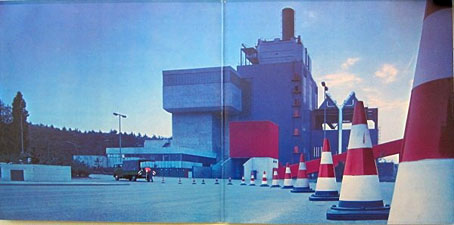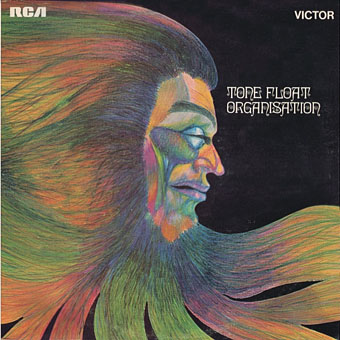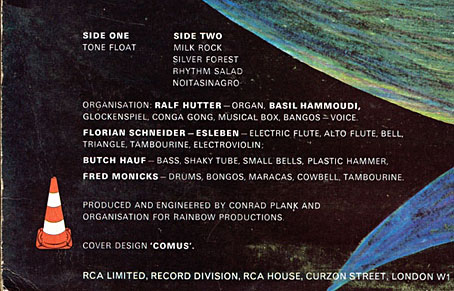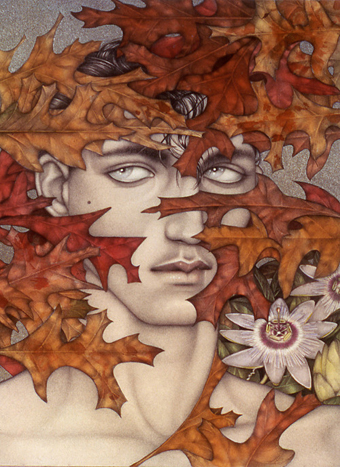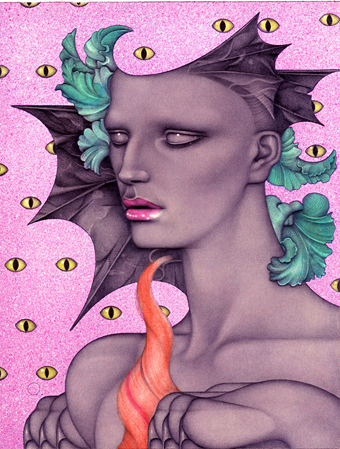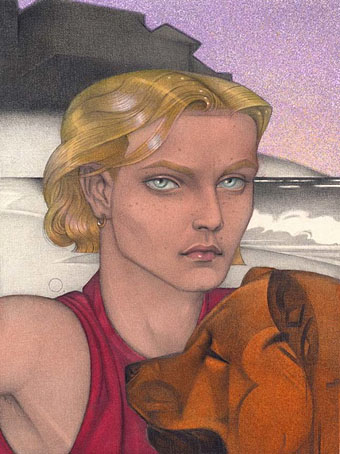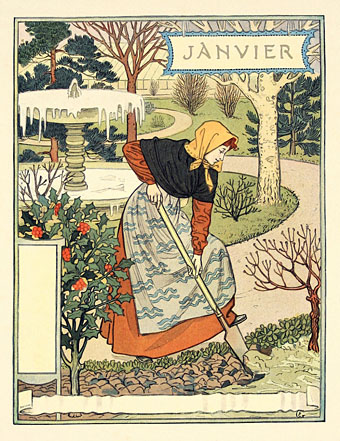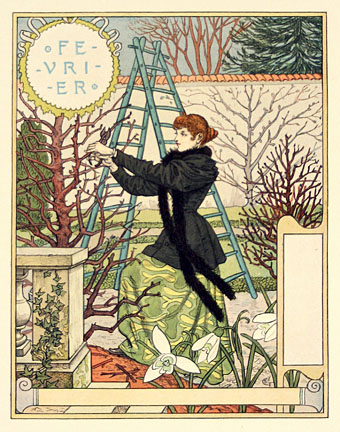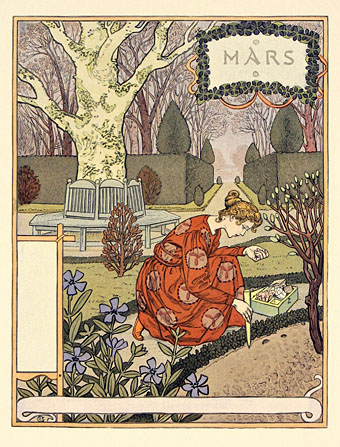
Celebrating nine years of interests, obsessions and passing enthusiasms. As before, a look at the annual delivery of stats from WordPress is instructive.
The Louvre Museum has 8.5 million visitors per year. This blog was viewed about 970,000 times in 2014. If it were an exhibit at the Louvre Museum, it would take about 42 days for that many people to see it.
The busiest day of the year was August 30th with 4,215 views. The most popular post that day was Index, fist or manicule?
Most posts here hit between 2,500 to 3,000 visits a day although the annual total is down on last year. I have Google stats indexing this site but I can never be bothered logging in to see how they compare. WordPress has the advantage of delivering stats to your blogging dashboard.
These are the posts that got the most views in 2014.
1 The art of NoBeast June 2007
2 The art of Thomas Eakins, 1844–1916 March 2006
3 The art of Takato Yamamoto June 2007
4 Gekko Hayashi revisited December 2012
5 The art of Oliver Frey July 2009
The gay art posts always beat everything else, and NoBeast is the most popular post for another year. Russia’s current crop of authoritarian goons may regard gay sex as horribly un-Russian but NoBeast gets consistently heavy traffic from VK, the Russian social network.
The top referring sites in 2014 were:
1. twitter.com
2. facebook.com
3. ficbook.net
4. pinterest.com
5. mentalfloss.com
Twitter and Facebook referrals are all very well but the way they hide what people are looking at means they’re no help to people running websites. Anyway, thanks as always for reading, referring and commenting! Here’s a few musical nines:
• If 6 Was 9 (1967) by The Jimi Hendrix Experience
• Nine Feet Underground (1971) by Caravan
• Nine Moons In Alaska (1971) by Beaver & Krause
• Party 9 (1973) by Faust
• Katzenmusik 9 (1979) by Michael Rother

